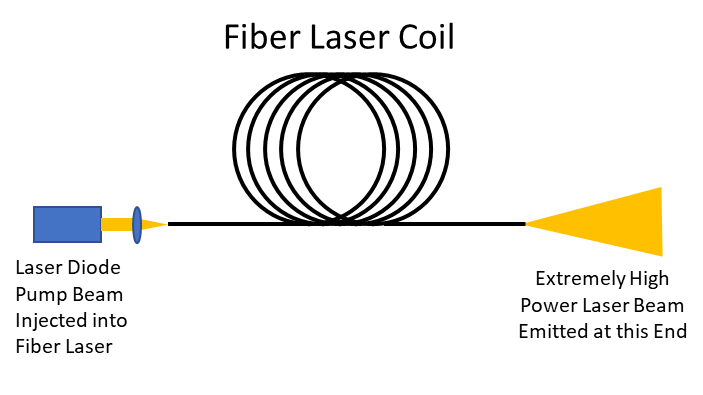LLS #2: Laser Beam Divergence

Laser beam divergence is a characteristic of all laser beams. This is one of those fundamental rules of coherent light and it is governed by a pretty simple equation.

In this equation θ is the half angle beam divergence. The other symbols are:
λ is the wavelength of the laser beam,
M2 is something called the mode quality of beam,
w0 is the beam radius at something called the waist of the beam.
Examining this equation, it's obvious that beam divergence increases with wavelength and M2 values. Beam divergence also increases with smaller wavelengths. So, for example a green diode laser at 540 nm used in pointer lasers will have small output beam diameter and therefore large divergence angle. As the beam propagates away from laser it diverges at a fairly high rate.

Conversely, CO2 lasers (again as an example) with a longer wavelength of 10.6 μm and larger output beams (say 5 to 40 mm) have a much lower divergence angle.

And even more severe case of beam divergence occurs with fiber lasers. Fiber lasers are lasers where the fiber core is the gain medium. A small pump laser beam is injected at one end of the fiber. As this beam passes through the fiber, the beam power is amplified by the special glass that makes up the fiber. At the opposite end of the fiber, the beam emerges.
Since fibers are small in diameter (10's of microns to 100's of microns) the beginning beam is quite small. Hence the divergence rate is quite high. Some fiber laser beams can be very high power - upwards of 100's of kilowatts.

All lasers have some amount of divergence which cause its beam diameter to grow as the beam propagates. But in almost all laser applications, the laser beam must be focused to a point to do work. This is true for laser welding car bodies, cutting thick metal plates, drilling precision holes in telephone and computer circuit boards, and for cutting gorilla glass for cell phone screens.
Focused lasers are also used in a variety of laser surgeries such LASIK surgery, the very popular vision correction surgery of the cornea, and laser retinopexy, which is when a laser is used to spot-weld a torn retina. As an aside, retinopexy help save the authors sight in his left eye for which he is extremely grateful!
Next Up:

Visit https://www.lenskit.app to design and analyze laser lenses.

